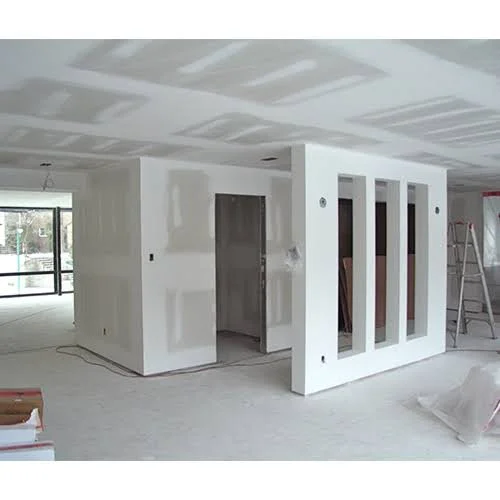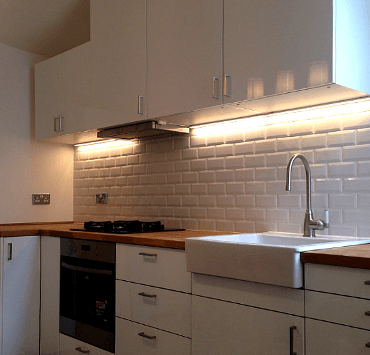The Basics of Drywall Installation and Repair

Drywall is a common building material. Made from calcium sulfate and other additives, drywall is typically extruded between two layers of facer paper. It is most commonly used for ceilings and interior wall construction. However, drywall can be a versatile material in many other applications. For example, it can be used as a finishing surface or as an insulation material. But before you start installing a drywall ceiling in your home, you should understand what a stud is and how it works.
A sheet of drywall can weigh up to 50 pounds, which is awkward to handle by yourself. It also has a flat surface that’s difficult to walk on alone. If you’re planning on doing a lot of drywall repairs, you’ll want to invest in a panel lift to make the process a little easier. This can be purchased from a hardware store or rented online. Remember to add the cost of a patch kit to your budget.
Before you begin your drywall repair, it’s important to know where utilities are located in your home. If your hole is more than four inches, you’ll need to replace the drywall completely. If you don’t know the location of these wires, you’ll have to call a contractor to help you repair it. Often, an experienced contractor will be able to spot any damage to pipes, wires, and insulation, and can recommend further repairs as necessary.
When hiring a contractor, be sure to ask for a quote. The cheapest part of the project is the labor. If you hire a handyperson to fix a small hole, it’ll cost you around $60 to 90 dollars per hour. If you decide to do it yourself, you can save money and save yourself some headaches. Just be prepared to spend a lot of money on your new drywall. It’s worth every penny when it comes to a repair.
The first step in repairing drywall is to measure the area of the hole. If it is bigger than four inches, you will need to buy new drywall. If you are replacing drywall in a wall, you should know where to find wall studs. A stud is the sturdiest part of the wall. A drywall contractor should know where a hole is before patching it. A stud is where most wires should be attached to the walls.
It is essential to avoid drywall that is cracked or has holes. A hole in a wall is a major sign that a crack is needed. If it is damaged by nails, the popped nail will need to be repaired. If it is a hairline crack, it should be patched. A professional patcher will use aluminum screen adhesive to ensure the drywall is a seamless finish. Similarly, a small hole will require a sanding compound.
After repairing a hole in a stud, you can apply a patch of drywall compound. It will cover the hole with a thin layer of mud. The compound will be applied in layers and will have to be smoothed out. You can make this compound yourself or hire a professional drywaller to do it for you. This is the most common petty repair of a stud. Once you’ve applied the compound, you’ll need to apply it to the hole.
Next, you’ll need to repair the hole in a stud. Using a hammer, pound the drywall nail and make a small hole in the wall. Then, you can use a joint compound to repair a hole in a stud. Once this has dried, you can paint the stud. If you’re doing it yourself, it’s a good idea to sand it first.
If you’re having problems with a stud, you may need to repair the entire wall. This means you’ll need to patch the whole hole or patch the entire hole. And you’ll need to repair the holes in the wall as well. After fixing the hole, you’ll need to fill the rest of the hole. You can use a drywall tape to hold the studs in place. Then, you’ll apply the compound to the studs.
There are many benefits to drywall. It’s durable and easy to install. But if you’re new to drywall, you might be unsure how to do it. Try to visualize what you’ll achieve and how you can best utilize the power of visualization. For example, imagine the wall that you’re trying to create. If you can picture the end result, then you’re a much better painter than you’d ever been.


